Occupational Safety Training for Operating an Industrial Vacuum Cleaner
99,000 ₫
Note: The above price is calculated for one person and may vary depending on the number of trainees participating in the course and market fluctuations. For more accurate pricing support, please refer to the price list or contact our consultants directly.
Occupational safety is an important issue when operating a vacuum cleaner and needs to be addressed promptly to ensure the health and safety of workers and enhance the reputation of businesses here. The Occupational Safety Training course is one of the effective solutions to raise awareness on preventing workplace accidents for workers when operating a vacuum cleaner.
Table of Contents
Toggle1. Overview of Vacuum Cleaners
a. What is a Vacuum Cleaner?
A vacuum cleaner is an electronic device designed to suck up dust, debris, and other dirt from floors, carpets, and other surfaces in the home. It works by creating a strong airflow inside the device, generating negative pressure to draw in and trap dirt in a container or dust bag.
There are various types of vacuum cleaners, including traditional vacuums, smart modern vacuums, and wet/dry vacuums. Vacuum cleaners can be used to clean floors, carpets, cars, and many other surfaces.
Vacuum cleaners have become a common household appliance, helping maintain a clean living environment and reducing health issues caused by dust and dirt.

b. How a Vacuum Cleaner Works
The principle of a vacuum cleaner is based on creating low pressure inside the machine, allowing it to suck and collect dirt from various surfaces. Here’s the basic operation process:
- Air suction: The vacuum cleaner has a fan or air motor. When powered on, it creates a strong airflow inside the device, generating low pressure.
- Dirt suction: The low pressure causes air and dirt from floors or carpets to be drawn into the machine through a hose or brush.
- Dust filtration: The dirt and particles in the air are trapped by a filtration system, which can include a filter or dust bag. This traps dirt while allowing air to pass through.
- Dust disposal: The collected dirt is held inside the vacuum, and users need to periodically check and replace the dust bag or clean the filter to maintain optimal suction performance.
- Clean air output: After trapping dust, the vacuum releases clean air back into the environment, leaving the space cleaner and free of dust and debris.

c. Industries Using Vacuum Cleaners
Vacuum cleaners are widely used across various industries due to their ability to clean and collect dirt from surfaces. Some main industries include:
- Industrial and Construction: Industries like construction, manufacturing, metalworking, woodworking, and food processing use industrial vacuums to clean work areas, production lines, machinery, and floors.
- Hospitality and Food Services: Hotels, restaurants, and food processing areas use vacuums to maintain cleanliness and ensure food safety.
- Healthcare: Hospitals, clinics, and other medical facilities use vacuums to clean floors, operating rooms, and other surfaces.
- Beauty Industry: Hair salons and spas use vacuums to clean hair clippings and dust generated during services.
- Aviation and Passenger Services: Airlines and airports use vacuums to clean airplanes, terminals, and hotel areas.
- Cleaning Services: Professional cleaning companies use vacuums to provide cleaning services for offices, homes, and public spaces.
- Pet Care: Pet stores and grooming services use vacuums to remove hair and debris from pet areas.
2. Overview of Safety Training for Operating Vacuum Cleaners
a. What is Occupational Safety Training?
- Occupational safety training for operating vacuum cleaners consists of sessions that equip workers with awareness on how to prevent workplace accidents. Workers directly operating vacuum cleaners belong to Group 3.
- The training course helps workers identify and avoid hazards, reducing the risk of accidents during work.
REGISTER FOR OCCUPATIONAL SAFETY TRAINING
b. Training Duration
Initial safety training duration:
- Total training hours are at least 24 hours, including exam time.
- 8 hours of theory on safety policies and labor hygiene laws
- 8 hours of theory on basic occupational safety and hygiene knowledge
- 4 hours of theory on specialized training content
- 2 hours of practical training on specialized content
- 2 hours of final theoretical exam
The training center schedules multiple sessions depending on workers’ availability. Typically, there are 6 sessions over 3 days if continuous training is possible.
Periodic safety training duration:
- Before the occupational safety card expires, workers seeking renewal must undergo periodic occupational safety training lasting at least 50% of the initial training duration.
Explanation: The total periodic safety training lasts at least 12 hours, including exam time. After completing the training and passing the test, workers will have their safety card renewed.
c. Training Content
| No. | TRAINING CONTENT | TRAINING DURATION (HOURS) | |||
| Total | Including | ||||
| Theory | Practical | Exam | |||
| I | Safety Policies and Laws | 8 | 8 | 0 | 0 |
| 1 | Overview of legal documents on occupational safety and hygiene. | 6 | 6 | ||
| 2 | Standards and technical regulations on occupational safety and hygiene. | 1 | 1 | ||
| 3 | Specific regulations of state management agencies regarding safety and hygiene when constructing, expanding, or renovating facilities, machinery, equipment, materials, and substances requiring strict safety and hygiene compliance. | 1 | 1 | ||
| II | Basic Knowledge of Occupational Safety and Hygiene | 8 | 8 | 0 | 0 |
| 1 | Basic knowledge of workplace hazards and risks. | 4 | 4 | ||
| 2 | Methods to improve working conditions. | 1 | 1 | ||
| 3 | Safety culture in production and business. | 1 | 1 | ||
| 4 | Rights and obligations of employers and employees; safety policies and regulations; role of safety officers. | 1 | 1 | ||
| 5 | Safety rules, signs, use of personal protective equipment, first aid, and occupational disease prevention. | 1 | 1 | ||
| III | Specialized Training Content | 6 | 4 | 2 | 0 |
| Comprehensive knowledge of machines, equipment, hazardous substances; risk assessment and management; safe working procedures with equipment and hazardous substances. | 6 | 4 | 2 | ||
| IV | Final Training Exam | 2 | 2 | 0 | 0 |
| Total | 24 | 22 | 2 | ||
See more training content of the 6 groups
d. Occupational Safety Card
After completing the training and passing the exam, workers will be issued an occupational safety card (commonly known as Group 3 safety certificate).
The Group 3 safety card includes personal information such as name, date of birth, job, and work environment, along with training duration, official stamp, and signature confirming completion of training.
According to Clause 2 of Article 24 of Decree 44/2016/ND-CP, there are two cases:
- If the employer and employee have a labor contract, the employer must sign and stamp the safety card after the worker completes training and passes the exam.
- If the worker is freelance or seasonal, without a labor contract, the training unit must sign and stamp the safety card after the worker completes training and passes the exam.

3. Hazards When Operating a Vacuum Cleaner
When operating a vacuum cleaner, it is necessary to follow safety measures to avoid the following hazards:
- Risk of injury during use: Pay attention to how to safely use the vacuum cleaner, especially when performing specific tasks such as replacing the dust bag or cleaning the filter system. Cutting parts, rotating fans, and other components of the machine can cause injuries if not handled carefully.
- Risk of being sucked into the machine: Small objects such as electrical cords, toys, or other items may get sucked into the vacuum, potentially causing malfunctions or fires. Always check carefully before starting the machine.
- Explosion or fire hazards: Vacuum cleaners may cause explosions or fires if used improperly or if combustible dust accumulates inside the machine. This is especially important in environments with oil, grease, or flammable materials.
- Not cleaning the filter system: If the vacuum’s filter system is clogged or too dirty, suction performance decreases and the machine may operate inefficiently. This can lead to increased internal pressure, causing safety issues.
- Electric shock risk: Using the vacuum in wet environments or without proper maintenance can result in electric shocks or fire hazards.

4. Occupational Accident Control Measures When Operating a Vacuum Cleaner
To control occupational accidents while operating a vacuum cleaner, you can apply the following safety measures:
- Employee training: Ensure all staff responsible for using the vacuum cleaner are trained on proper operation and are aware of related hazards. Training includes instructions on how to inspect the machine before use, avoid dangerous situations, and perform routine maintenance.
- Check the machine before use: Inspect the vacuum cleaner before each use to ensure it is functioning properly and that no parts are damaged or missing. Pay special attention to electrical cords to ensure they are intact and safe.
- Use appropriate accessories: Make sure you use the correct attachments for specific tasks. For example, use proper nozzles for floors, carpets, or other surfaces to ensure optimal performance and prevent damage to the machine.
- Avoid cleaning flammable materials: Do not use the vacuum in areas with oil, grease, or flammable substances. Hot particles or dust may cause fire or explosion.
- Protect eyes and ears: Use protective gear such as safety glasses and ear protection to guard against dust, noise, and other related hazards.
- Regular maintenance: Perform routine maintenance according to the manufacturer’s instructions to ensure safe operation.
- Prevent electrical hazards: Avoid using the vacuum in wet environments or near water sources. Ensure both the machine and power outlets are safe.
- Clean the filter system: Regularly inspect and clean the filter system to ensure safe airflow and maintain suction performance.
- Safe storage: When not in use, store the vacuum in a dry, safe environment protected from damage or safety hazards.
- Periodic inspection of the vacuum cleaner to detect safety issues early, such as wear, mechanical damage, or malfunction, reducing the risk of occupational accidents.
5. Benefits of Occupational Safety Training
An Toàn Nam Việt provides your business with the following benefits after completing occupational safety training courses in accordance with Decree 44/2016/ND-CP regarding Occupational Safety and Health. Companies and enterprises can benefit from:
- Workers can recognize potential occupational hazards and take preventive measures to avoid accidents.
- Your business can establish risk prevention measures in production, operation, and maintenance processes.
- Minimizes costs associated with unsafe work conditions.
- Uninterrupted production helps increase labor productivity and product quality.
- Compliance with labor safety laws reduces legal risks.
- Enhances reputation and professionalism, boosting the company’s brand image.
Nam Việt’s training courses are designed to prevent external hazards from impacting individuals, helping them avoid injuries or even fatal accidents.
REGISTER FOR OCCUPATIONAL SAFETY TRAINING SERVICE
6. Customer Feedback After Completing the Training
An Toàn Nam Việt has years of experience accompanying numerous businesses in Vietnam, especially in the southern provinces. This responsibility is extremely valuable, which is why our Occupational Safety Training is increasingly professional. Our motivation comes from positive feedback and suggestions from our business partners. Below are testimonials from clients we have served.
Hoa Dat Construction and Trading Joint Stock Company
“Nam Việt’s service helped us greatly in simplifying labor safety procedures and completing safety documentation for our work processes. The consulting team responded promptly and efficiently. Five stars for Nam Việt.”
See more customer interviews after using our services at An Toàn Nam Việt
7. An Toàn Nam Việt’s Occupational Safety Training Capacity
An Toàn Nam Việt is a reputable and high-quality occupational safety training center in Vietnam. Safety training sessions are continuously conducted at factories, production sites, or construction sites across all 63 provinces in Vietnam.
REGISTER FOR OCCUPATIONAL SAFETY TRAINING SERVICE
Occupational Safety Training License
- An Toàn Nam Việt has been inspected and certified by the Department of Safety under the Ministry of Labor, War Invalids and Social Affairs for occupational safety and hygiene training. This strengthens our capability in providing occupational safety training.

Training Materials and Lectures
- All occupational safety training materials are reviewed before being included in training courses to ensure accuracy and effectiveness.
- Teaching methods are standardized according to An Toàn Nam Việt’s protocols, based on expert research in occupational safety and hygiene training to maximize learning outcomes.
Facilities
- Controlling classroom factors enhances teaching efficiency and knowledge absorption.
- Our training facilities provide spacious classrooms with adequate lighting and training equipment.
8. Nationwide Reputable Occupational Safety Training Center
At An Toàn Nam Việt, occupational safety training is our top priority. Teaching workers how to protect themselves equips them with safety knowledge for their careers, contributing to national development.
We meticulously prepare every detail to ensure effective training, from teaching tools, equipment, curriculum, materials, to lighting and audio.
Our instructors are experts with years of experience, some with research in hazard identification across industries and preventive measures.
Lectures are practical and engaging, helping workers absorb knowledge comfortably. Content strictly follows Decree 44/2016/ND-CP.
Workers learn to prevent hazards and protect themselves while applying safety measures effectively in real work situations.
Our training center prides itself on being a professional and reliable occupational safety training provider with the following advantages:
- Competitive training costs with guaranteed quality.
- Flexible training schedules according to business needs.
- Fast and compliant certification procedures.
- Experienced instructors with years of expertise.
- Controlled classroom environment to enhance learning efficiency.
- Customized lectures suitable for company-specific occupational safety needs.
- Dedicated, professional support for accurate and fast client service.

9. Additional Occupational Safety Training Resources
- Occupational Safety Training Materials Set
- Occupational Safety Materials for Vacuum Cleaner Operation
- Occupational Safety Training Test Set
- Occupational Safety Quiz for Vacuum Cleaner Operation
- Lecture Slides for Vacuum Cleaner Safety Training
1 review for Occupational Safety Training for Operating an Industrial Vacuum Cleaner
No comments yet

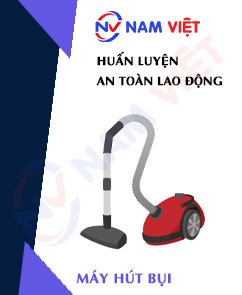
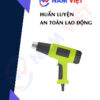
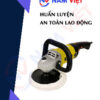





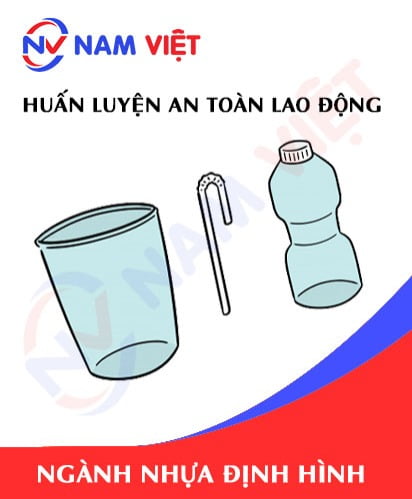
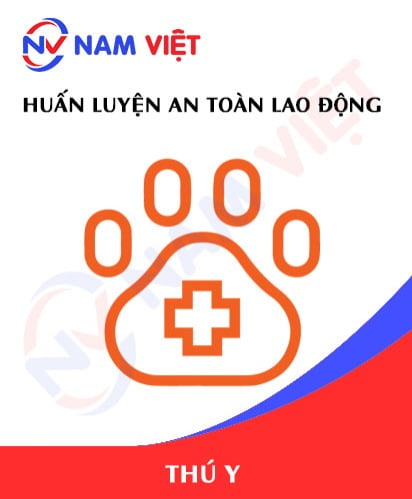
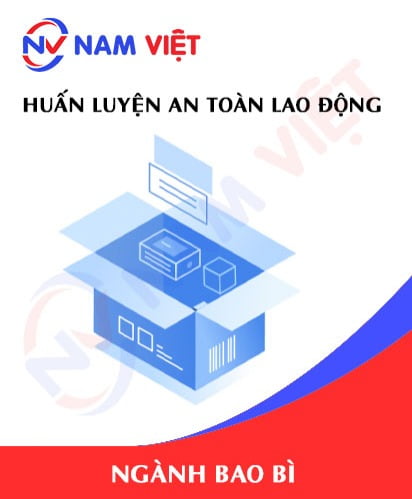
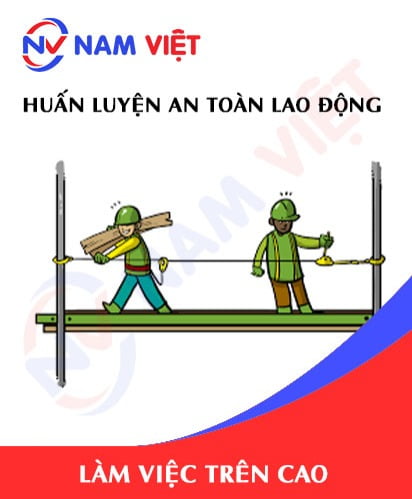

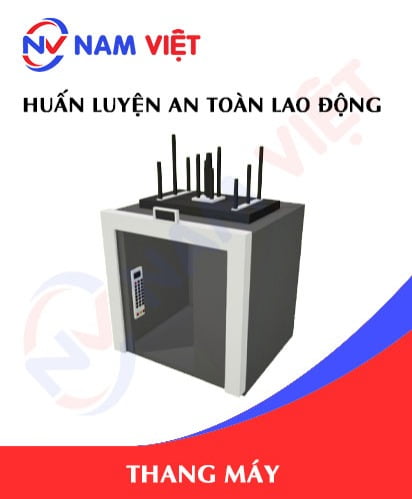
phanminhhang341
Hài lòng với cách tổ chức lớp học